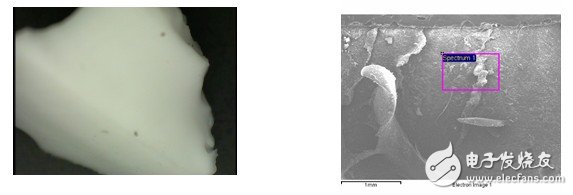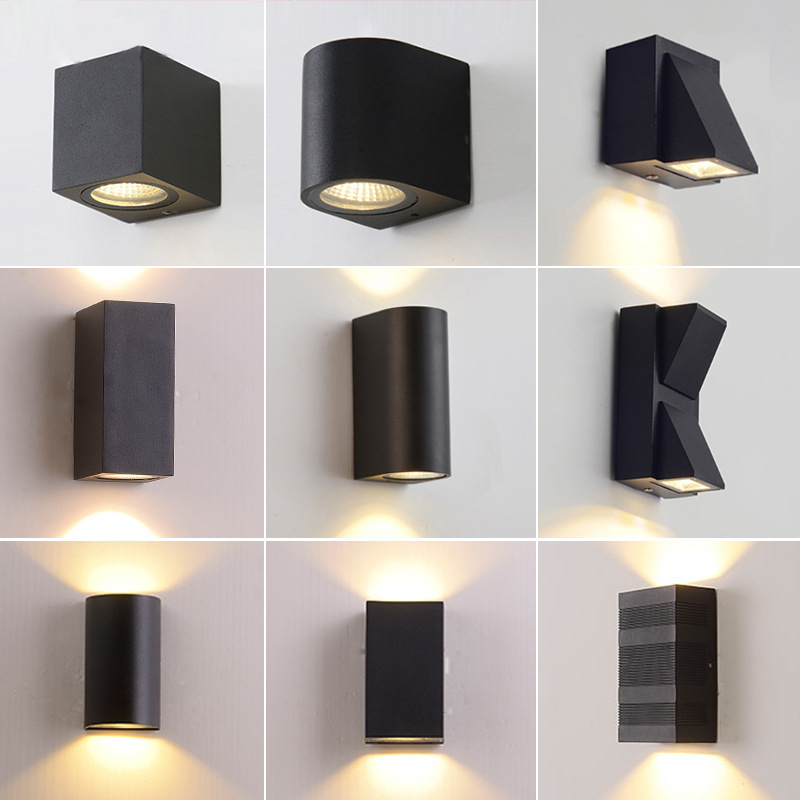Talking about the influencing factors of LED lamp life
There are many factors that affect the life of LED lighting fixtures. In addition to the most common poor heat dissipation, LED dead lights or light decay are caused according to application experience. The causes of discoloration are also caused by chemical pollution in the manufacturing process:
For downstream applications, in addition to proper heat dissipation solutions, in addition to the assembly process of the lamp, or the chemical additives in the manufacturing process, it is necessary to avoid the so-called incompatible chemical substances, incompatible volatile organic compounds in LED lighting fixtures, Can quickly damage any manufacturer's LED. This chemical incompatibility is often a local phenomenon that occurs at elevated temperatures and in sealed lamps with little or no air flow.
After testing by the LED packaging factory, it is found that some chemicals that are known to easily affect the normal function of the LED. It is best for the user to establish a comprehensive chemical incompatible test and evaluation system. With proper precautions, design and testing, the impact can be minimized or eliminated. The most obvious adverse effects of chemical incompatibility are blue, deep blue, and white LEDs, and red or green LEDs are rarely observed.
Designers should give full consideration to minimizing the impact of chemicals (mainly LED primary lens molding glue and various chemicals used in electronic assembly and lamps), as these items may be damaged together The light output efficiency of LEDs may even cause permanent failure of LEDs (such as dead lights, discoloration, dark light, etc.). The results of LED failure due to chemical incompatibility and excessively high LED package temperature are the same: that is, luminous flux attenuation and color temperature drift.
What chemicals can LEDs be used with, what types of potting compounds? Can you glue? What is the effect of potting on LEDs?
In the case of chemicals affecting LED:
â‘´ The EDS analysis results of the bad sample LED lens are as follows:

⑵ The EDS factor analysis of the bad sample LED Silicone results in abnormal elements such as Na and Cl appearing in the following table:

Checking this circuit board, it was found that there is potential chemical contaminants, that is, a coating of an adhesive lens appears near the LED component (such as the above lens), and the LED and this adhesive coating have a chemical effect that is not conducive to the LED. This chemical substance is not compatible with the LED package body, so that the LED has a permanent failure phenomenon. Therefore, it is extremely important to understand and prevent the incompatibility of these LEDs with the chemicals used in lamps.
Silicone (Silicone, silicon) is a silicone material used in various high-power LEDs, such as Cree XPE LEDs. After being evenly mixed, it is injected into the mold, and cured under a certain temperature condition for a period of time to form. During the curing process, the siloxanes do not form any fixed shape or structure. On the contrary, they cure into random shapes with different lengths and shapes. This produces a slightly gel-like and elastic silicone. That is to say, these silicone materials are filled with small pores, so the silicone has air permeability and moisture permeability. The potting compound materials commonly used in light bulbs or other solid-state lighting products, such as potting glue, aprons, and gaskets, during assembly or processing, under the influence of elevated temperature, these volatile organic compound materials Will evaporate gas.
Volatile gas penetration and reliability change process:
In a closed environment (such as the secondary optics or fixture cover below), any type of volatile organic compound will surround and diffuse into the porous silicone-encapsulated LED. The volatile organic compounds inside the silica gel occupy the voids in the interwoven silicone chains. Along with heat and high-energy photons emitted by LEDs, volatile compounds can change color and block the light emitted by LEDs. This discoloration usually occurs on the surface directly above the LED chip because this is where the temperature and magnetic flux density are highest.
The following figure shows the volatile organic compounds in the voids occupied by silicon. With the effect of heat and photon energy, the volatile organic compounds change color:

Silicone chain
The general law of reliability failure phenomenon:
(1) With the change of luminous color and attenuation of luminous flux, even dead light;
(2) Depending on the nature of different volatile organic compounds (for example, the size of the molecule or its sensitivity to heat), this reliability failure phenomenon may occur within a few hours or a few weeks.
(3) LED products with such reliability failures are generally blue LEDs or white LEDs packaged with blue chips and phosphors.
(4) Red, amber, or green LEDs rarely or almost never occur, because these colors of light are low-energy wavelengths, so it takes longer to respond.
Poor influence of potting glue on LED:
As shown in the above illustration, the discoloration of the encapsulant above the LED chip is due to the fact that a volatile organic compound releases dim-colored gas and diffuses from the outside into the organosiloxane-encapsulated LED device.
In most cases, these volatiles that penetrate into the voids of the silicone encapsulant molecules will not damage the function of the polysiloxane itself. In this case, if the light and sealing cover on the above discolored LED are removed, and the aging continues, the gas diffused into the LED will volatilize again, and it may return to its original state, which is why many are not LEDs tested in a sealed environment have little or no similar discoloration.
However, as a luminaire designer, it is important to note that there are a considerable number of volatile organic compounds (not only volatile colored, but mostly volatile colorless gas), which can damage the encapsulant, cause it to expand and crack, making LEDs cannot bear, because the expansion and cracking of the packaging glue will tear the gold wire inside the package, which will cause flashing, dead lights and other undesirable phenomena.
Here you can find the related products in LED Wall Light, we are professional manufacturer of indoor Led Wall Light, outdoor led wall light, ip65 led wall light, up and down led wall light. We focused on international export product development, production and sales. We have improved quality control processes of LED wall Light to ensure each export qualified product. If you want to know more about the products in LED wall Light, please click the product details to view parameters, models, pictures, prices and other information. Whatever you are a group or individual, we will do our best to provide you with accurate and comprehensive message about LED Wall Light!

Led Wall Washer Ligh,Commercial Grade Track Lighting,Cob Led Wall Light 10W,Sterilization Lamp
Guangdong Decosun Lighting Technology Co.,Ltd , https://www.decosun-lighting.com